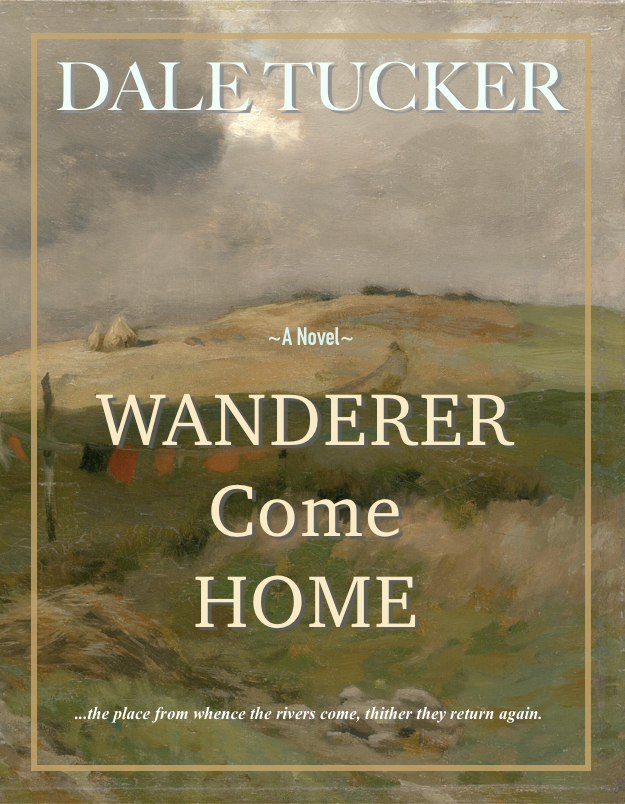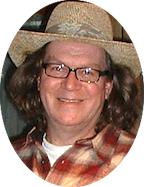
Well, a few days ago I posted a resource I use for finding free ebooks in the public domain. And that has attracted a good response from readers. So today, I thought I’d offer you something else which I use regularly: I want to offer you two resources I use to find public domain art images.
Public domain images are good for a couple of reasons: 1) So much fine art is stored away in museums and private collections and never viewed by the public. This is a shame. But art institutions are now making images of these artworks available and free to the public to download and enjoy! I use public domain images as computer screen wallpaper but that brings me to reason 2) If you have a blog or website or you need a beautiful image for the cover of the new book you’ve written, you are allowed to use public domain images for these purposes also. And there are other ways you may use PD images but I’ll leave it up to you to read up on public domain permissions, but I will say the uses are very liberal. I will add, however, different countries, as I understand it, may have different criteria for what qualifies as “public domain” and what is not. So keep that in mind.
So let’s get to the resources I want to mention.
The first is The National Gallery of Art which is a U. S. government institution. The link takes you to their “Open Access” homepage. Use the “Browse the Collection” button on that page to view their huge collection of images. Also, here is the quick link to their Open Access Policy which is useful to read.
The second resource I’ll offer is WikiArt: Visual Art Encyclopedia. (The link takes you to their homepage.) But only some of their collection is public domain. However, it’s quite easy to know which images are because each image is clearly marked “public domain” in the text right below the image itself if it is indeed public domain. See HERE for example. As a general rule of thumb, when I’m looking through the images, if the date of the image is 100 years old or older, it is probably in the public domain. But always go to the image itself and see if it has the public domain label beneath the image first before you use it.
Also, in the WikiArt collection, if you click on the label, “public domain” when it appears beneath the image, you’ll get a popup box which reads as follows:
Copyright InformationThis artwork is in public domain in its country of origin and other countries and areas where the copyright term is the author’s life plus 70 years or less. If you are a copyright owner of this artwork, or his/hers legal representative, and you do not agree that this artwork is public domain, please let us know [email protected]
WikiArt.org allows unlimited copying, distributing and displaying of the images of public domain artworks. Artworks protected by copyright are supposed to be used only for contemplation. Images of that type of artworks are prohibited for copying, printing, or any kind of reproducing and communicating to public since these activities may be considered copyright infringement.
Well, I hope this has not been too confusing; really, it’s quite easy and fun to find and use open access or public domain images. I encourage it because I think it’s good to help others enjoy these wonderful works of art that otherwise go unseen. And there are many other resources where you can find public domain images. In fact, many museums themselves provide paths on their websites for accessing the images they’ve made available to the public domain. If you have time, check them out!

 I don’t write many poems but I have written a few. This one’s a bit dark so it’s a change from the normal feel of this blog. But change is useful too and “dark” helps us to appreciate light more. I won’t try to explain the poem; I think it explains itself fairly well. I hope you enjoy it.
I don’t write many poems but I have written a few. This one’s a bit dark so it’s a change from the normal feel of this blog. But change is useful too and “dark” helps us to appreciate light more. I won’t try to explain the poem; I think it explains itself fairly well. I hope you enjoy it. I was age 51 when I found myself facing a personal crisis of sorts. It was winter and I was walking the levee in the community where I lived. I remember it being a very cold day. The crisis was that I did not know where my life was going and I felt that up until that point I had wasted my life—not for lack of trying but because it seemed that everything I had tried failed. The river beside which I walked and the sky overhead both were gray, as were the dry hills around me. The setting reflected my mood.
I was age 51 when I found myself facing a personal crisis of sorts. It was winter and I was walking the levee in the community where I lived. I remember it being a very cold day. The crisis was that I did not know where my life was going and I felt that up until that point I had wasted my life—not for lack of trying but because it seemed that everything I had tried failed. The river beside which I walked and the sky overhead both were gray, as were the dry hills around me. The setting reflected my mood.





